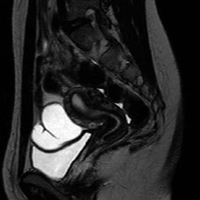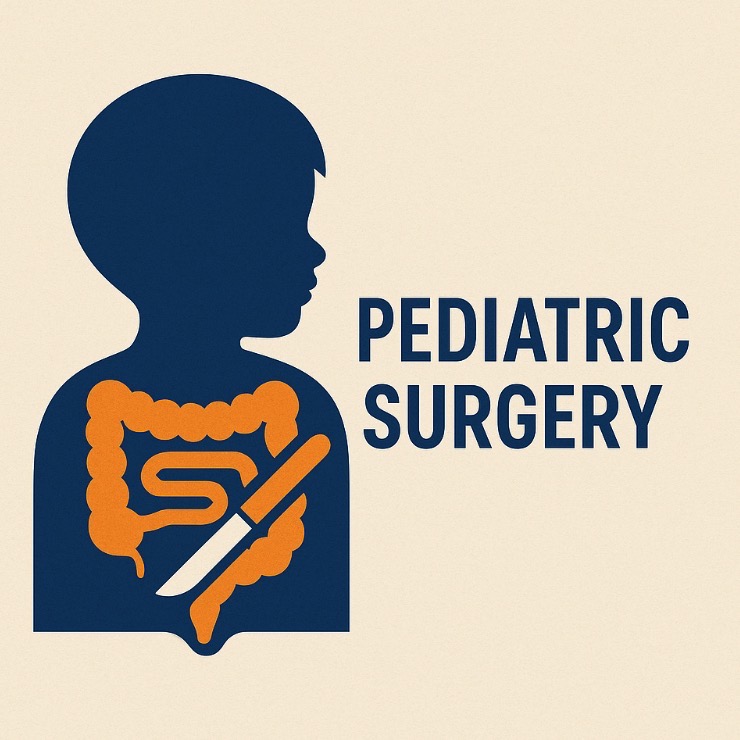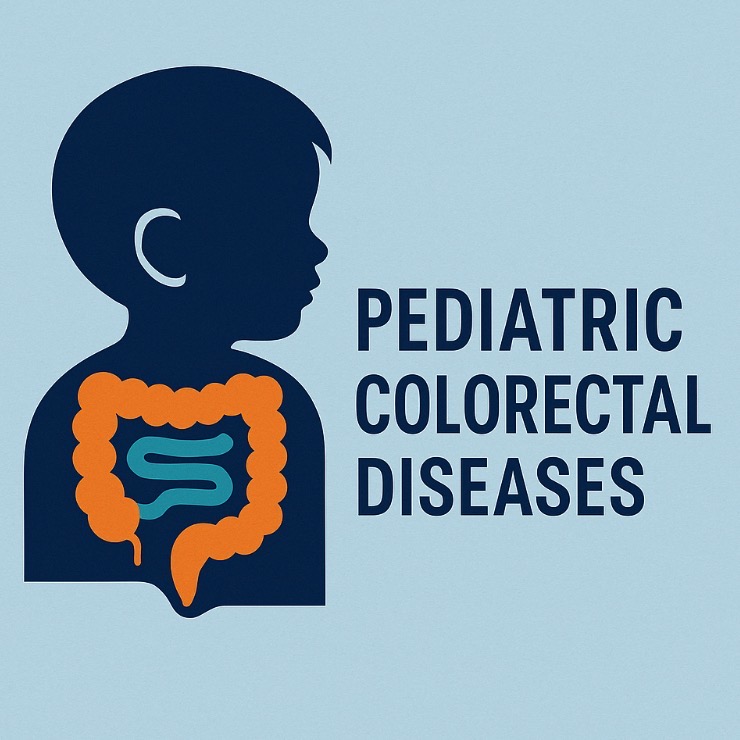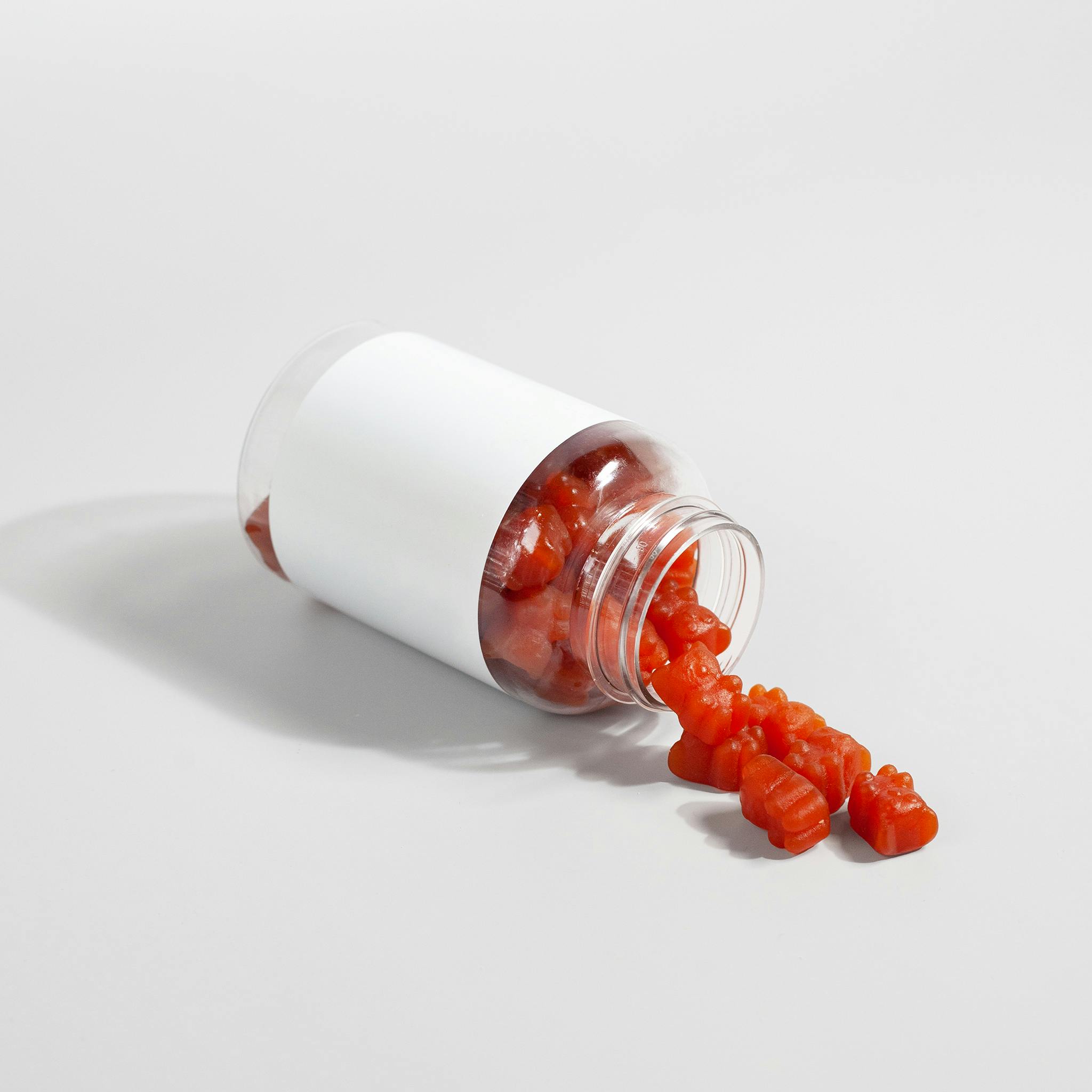Secondary hydrosalpinx in adolescents: a challenging decision-making process for surgical choice and future fertility preservation

All claims expressed in this article are solely those of the authors and do not necessarily represent those of their affiliated organizations, or those of the publisher, the editors and the reviewers. Any product that may be evaluated in this article or claim that may be made by its manufacturer is not guaranteed or endorsed by the publisher.
Authors
Hydrosalpinx in pre-pubertal children and non-sexually active adolescents is a rare finding with several etiology and negative impact on future female fertility. The therapeutic approach in these specific populations is debated and it must consider its etiology and adult guidelines focused on fertility issues, which suggest laparoscopic salpingectomy. We described two adolescent cases (15 years asymptomatic and 13 years with abdominal pain) presenting a monolateral hydrosalpinx secondary to surgery for Hirschsprung’s disease and complicated appendicitis, respectively. Both patients underwent to uncomplicated robotic-assisted salpingectomy, with uneventful follow-up and preserved ovarian function. Robotic-assisted salpingectomy for hydrosalpinx secondary to previous surgical conditions is a safe and careful approach for adolescents in order to preserve ovarian vascularization, function and future fertility.
How to Cite
PAGEPress has chosen to apply the Creative Commons Attribution NonCommercial 4.0 International License (CC BY-NC 4.0) to all manuscripts to be published.










